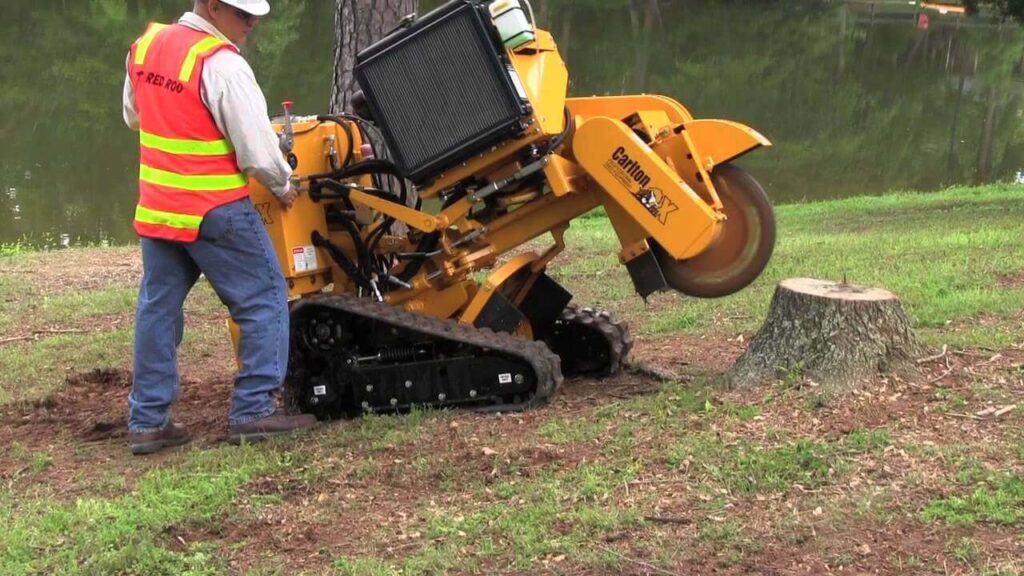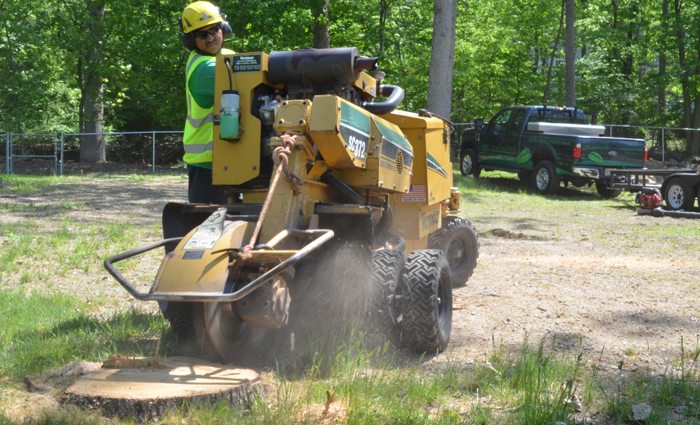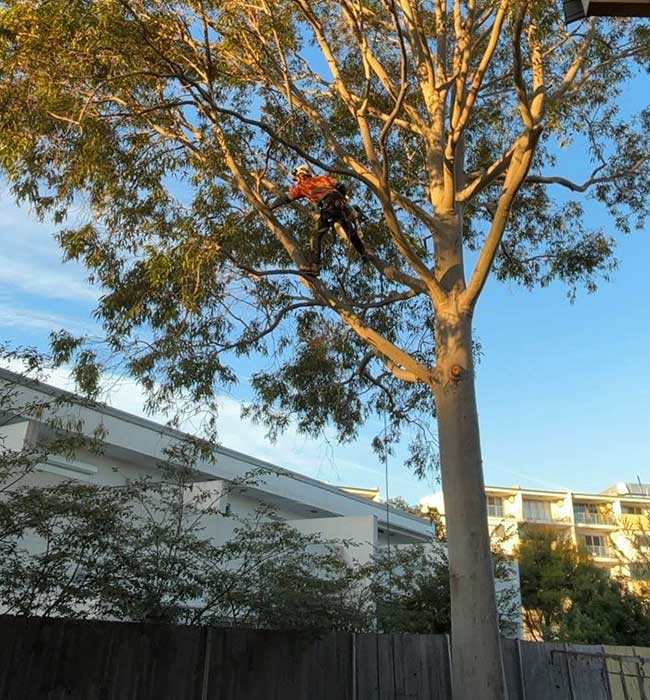What Is Tree Pruning Near Me and Why Is It Relevant to Local Politics?
Tree pruning near me refers to the selective removal of branches from trees in residential neighbourhoods and public spaces to maintain their health, safety, and appearance. This practice becomes politically charged when it involves shared green space like urban forests, parks, and street trees that serve entire communities.
The Importance of Proper Pruning Techniques
Proper pruning techniques are essential for maintaining tree health and structure. If you’re searching for tree pruning near me, it’s important to choose professionals who can remove dead or diseased branches, improve air circulation, and encourage strong growth patterns. When done correctly, pruning extends a tree’s lifespan while reducing risks to nearby infrastructure and pedestrians.

The Role of Local Governments in Tree Pruning
Local governments hold primary responsibility for regulating tree pruning activities through:
- Developing maintenance policies that balance safety with preservation
- Issuing permits for pruning work on public land
- Enforcing standards to protect urban canopy cover
- Managing complaints from residents about overhanging branches
The Benefits of Shared Green Spaces
Shared green spaces deliver measurable benefits to communities, including improved air quality, reduced urban heat, enhanced biodiversity, and increased property values. These spaces become political battlegrounds when different stakeholders clash over competing priorities.
How Local Politics Influences Tree Pruning Decisions
Local politics shapes tree pruning decisions through council debates, budget allocations, and community consultations. A resident’s request to prune a street tree might trigger discussions about heritage protection, infrastructure safety, or environmental sustainability. These seemingly simple maintenance decisions reflect broader tensions about how communities value and manage their natural assets.
How Do Local Governments Balance Tree Health, Public Safety, and Community Interests When Pruning Trees Near Me?
Local authorities manage tree pruning through comprehensive local government tree pruning policies that establish maintenance schedules, inspection protocols, and response procedures for hazardous situations. These policies typically designate qualified arborists to assess tree conditions and determine appropriate pruning interventions based on industry standards like AS 4373 (Pruning of Amenity Trees).
The tension between safety and preservation creates daily dilemmas for municipal teams. Dead branches overhanging footpaths demand immediate removal under public safety tree pruning protocols, yet aggressive cutting can compromise a tree’s structural integrity and long-term survival. Local councils must weigh liability risks against the decades required to replace mature specimens that provide irreplaceable canopy cover.
Community preferences add another dimension to pruning decisions. Residents frequently request branch removal for increased sunlight, whilst neighbouring properties value the same trees for cooling and privacy. Some councils address this through:
- Formal consultation periods before major pruning works
- Online portals for residents to report concerns
- Community tree advisory committees
- Public education programmes on proper tree care
The decision-making framework requires councils to document their rationale, particularly when choosing between minimal intervention and substantial crown reduction. This transparency helps justify expenditure whilst managing expectations about what constitutes appropriate tree maintenance versus unnecessary removal.
Who Are the Key Stakeholders Involved in Tree Pruning Decisions for Shared Green Spaces Near Me?
Stakeholders in tree pruning extend far beyond local councils, creating a complex web of competing priorities. Residents form the most visible group, often advocating for mature trees that provide shade, privacy, and property value whilst simultaneously requesting pruning when branches threaten roofs or block views.
Local authorities carry statutory responsibilities for public safety and infrastructure protection. Their arborists must navigate regulations, budget constraints, and liability concerns when deciding which trees require attention. Environmental advocates bring scientific expertise and conservation priorities, pushing for canopy preservation and biodiversity protection through evidence-based management strategies.
Developers and businesses introduce economic dimensions to these decisions. Construction projects may require tree removal or aggressive pruning to accommodate new buildings, utilities, or improved sightlines for commercial premises. Property managers frequently request pruning to reduce maintenance costs or prevent damage to structures.
The interplay between these stakeholders often results in conflicting interests. For instance, a resident’s cherished oak might obstruct a developer’s approved building plan, leading to tensions over tree removal or pruning. Furthermore, an environmental group’s campaign to protect nesting habitat could clash with a council’s immediate need to remove dangerous deadwood near a playground.
In such scenarios, the negotiation between these stakeholders becomes crucial in determining which trees get pruned, when work occurs, and how extensively branches are removed. Each group wields different forms of influence—from voting power and public pressure to regulatory authority and economic leverage.
Understanding this dynamic is essential for making informed decisions about tree management in shared green spaces. It highlights the importance of considering diverse perspectives and finding common ground amidst competing interests.
To further explore this intricate relationship between various stakeholders in tree management, including the role of local councils and the impact of community interests on decision-making processes, refer to this comprehensive study on stakeholder perspectives in urban green space management. Additionally, insights into economic factors influencing tree management decisions can provide a deeper understanding of the complexities involved in such situations.
How Does Data Collection Support Effective Urban Tree Canopy Management Near Me?
Can accurate data transform how councils manage tree pruning decisions? Urban tree canopy data collection provides local governments with evidence-based insights to develop strategic policies that balance competing demands in shared green spaces. Without reliable metrics on tree distribution, health, and coverage, authorities risk making pruning decisions based on reactive complaints rather than proactive management.
How Technologies Help Councils Manage Urban Forests
Advanced technologies have changed how local councils keep track of their urban forests:
- Aerial imagery captures high-resolution photographs revealing tree density, canopy spread, and spatial patterns across entire neighbourhoods
- Satellite vegetation monitoring uses multispectral sensors to assess tree health indicators like chlorophyll content and stress levels
- LiDAR scanning creates three-dimensional maps showing tree height, structure, and proximity to infrastructure
- Geographic Information Systems (GIS) integrate multiple data layers to identify priority areas for pruning or protection
Examples of Successful Data-Driven Approaches
Perth and Peel regions in Australia demonstrate this approach in practice, combining aerial surveys with satellite data to track vegetation trends over time. This long-term monitoring enables councils to measure the impact of pruning programmes, identify areas experiencing canopy loss, and justify budget allocations for tree maintenance.
Benefits of Data-Driven Management
Data-driven management helps navigate Tree Pruning Near Me and the Local Politics of Shared Green Space by providing objective evidence when stakeholders disagree. When residents oppose pruning mature trees, councils can present health assessments showing disease risk. When developers request removals, canopy coverage data reveals whether the area can afford further losses.
How Can Community Engagement Influence Tree Pruning Politics in My Area?
Community engagement in tree care transforms residents from passive observers into active participants who directly influence local pruning policies. When local governments involve stakeholders early in decision-making processes, they gain valuable insights about which trees matter most to neighbourhoods, where safety concerns exist, and how pruning schedules can accommodate community events or seasonal needs.
Here are some ways community engagement can shape tree pruning politics:
- Participatory budgeting programmes: These allow residents to allocate funds towards specific tree maintenance projects in their areas.
- Volunteer initiatives: Training volunteers to monitor tree health and report maintenance needs creates a network of informed advocates who bridge the gap between professional arborists and local knowledge.
- Public workshops: Educating residents about proper pruning techniques empowers them to understand why certain cuts are necessary, reducing opposition to seemingly aggressive trimming.
- Digital platforms: Online surveys about proposed pruning plans or mobile apps where residents can report hazardous branches enable broader participation.
- Citizen nominations: Allowing citizens to nominate significant trees for protection status directly influences which specimens receive priority care during budget constraints.
These engagement methods create political pressure for evidence-based pruning decisions rather than reactive responses to isolated complaints.
What Are The Main Challenges Faced By Local Governments When Balancing Safety Concerns With Aesthetic Considerations And Environmental Protection Goals During Tree Pruning Operations Near Me?
Local authorities face immediate pressure to remove hazardous limbs threatening pedestrians or property whilst simultaneously preserving the visual character that makes neighbourhoods desirable. This tension creates daily dilemmas for tree officers who must justify every cut to multiple constituencies with opposing priorities.
Resource constraints compound these challenges in tree pruning operations. Limited budgets force councils to prioritise reactive emergency work over proactive maintenance, leading to a cycle where trees become more hazardous over time. Staff shortages mean fewer qualified arborists available to assess complex situations requiring nuanced judgement rather than blanket policies.
The timing paradox presents another obstacle. Optimal pruning windows for tree health rarely align with political or budgetary calendars. Pruning during active growth seasons may cause stress, yet waiting risks public complaints about overgrown canopies blocking sunlight or shedding debris.
Conflicting regulations add layers of complexity. Heritage protection laws may prohibit touching significant trees, whilst infrastructure codes mandate clearance zones around utilities. Environmental legislation protects nesting birds during breeding seasons, creating narrow operational windows that clash with maintenance schedules.
An integrated approach is essential. Councils need to develop comprehensive tree management plans that map individual specimens, assess risk levels systematically, and schedule interventions based on biological needs rather than political expediency. This forward-planning methodology not only reduces emergency responses but also builds public trust through transparent, evidence-based decision-making that accounts for ecological resilience alongside immediate safety concerns.
Moreover, such an approach should also incorporate insights from recent studies on urban forestry and its impact on community well-being and environmental sustainability, as highlighted in this research article. Implementing these strategies can significantly enhance the effectiveness of tree pruning operations while ensuring the safety and satisfaction of local residents.

Conclusion
Tree pruning near me and the local politics of shared green space reveals a complex web of competing priorities that demand constant negotiation. Communities and their local governments continue to wrestle with fundamental tensions between protecting residents from hazardous branches, preserving the visual character that defines neighbourhoods, and maintaining the ecological integrity of urban forests.
The way forward requires active participation from all stakeholders. Residents must engage with local tree management policies, attend public consultations, and understand the scientific basis for pruning decisions. Local authorities need transparent frameworks that integrate safety protocols with long-term canopy preservation goals. Environmental advocates play a vital role in keeping biodiversity and climate resilience at the forefront of urban forestry politics.
Ready to influence tree management decisions in your area? Contact your local council to learn about upcoming consultations on tree pruning policies, volunteer for community tree monitoring programmes, or join neighbourhood groups advocating for sustainable urban forestry practices. Your voice shapes the future of shared green spaces.
Learn about: Why Tree Pruning in Sydney Is About More Than Just Aesthetics




